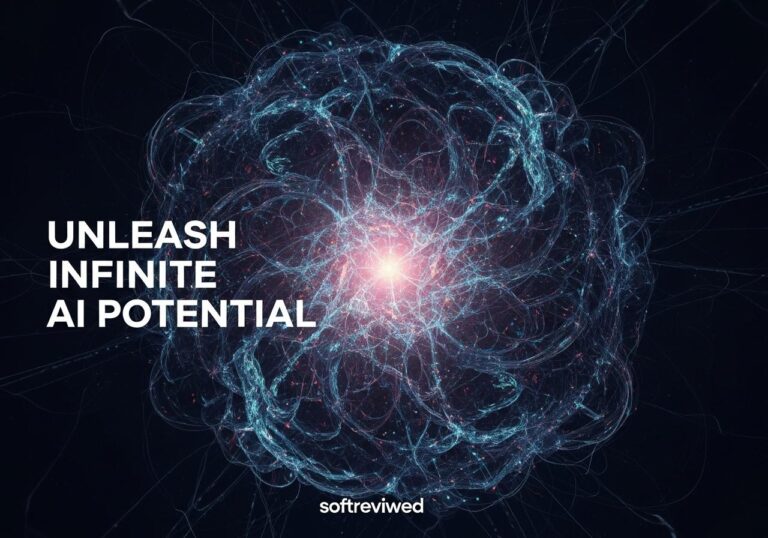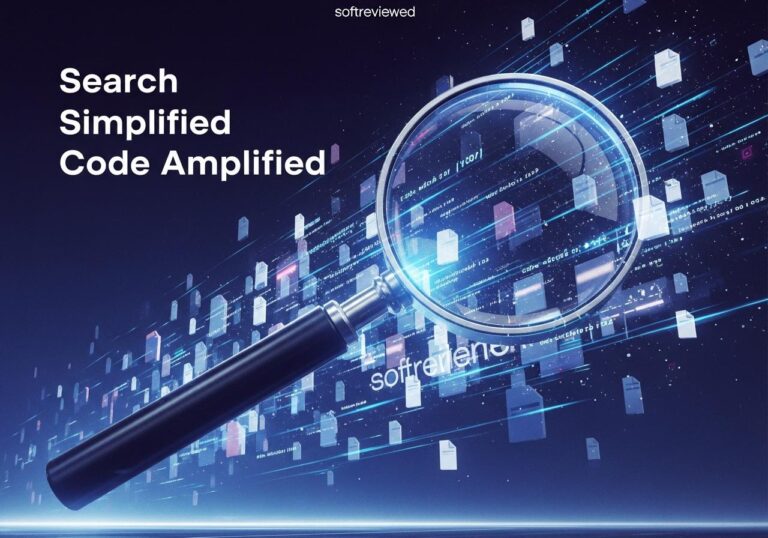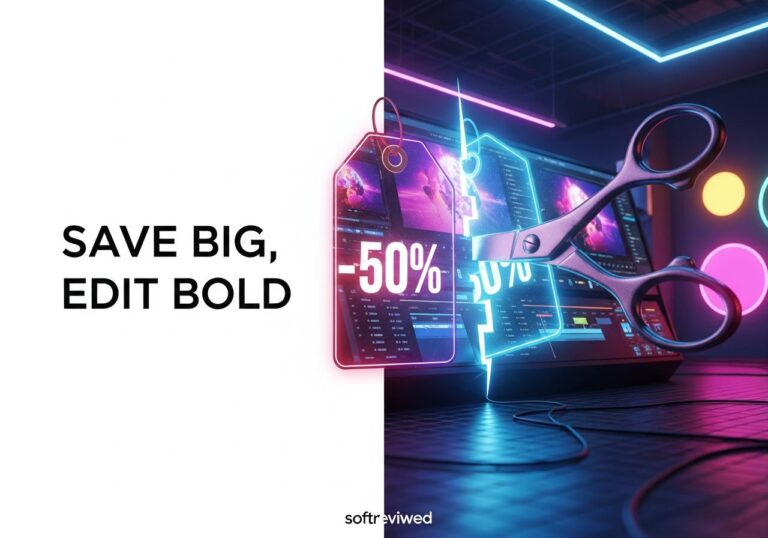Democratizing AI: The 314-Billion Parameter Open Source Revolution
Unleashing powerful AI capabilities through open source innovation, transforming how developers and researchers access advanced language models
Free Access to Massive Scale
Unrestricted access to a 314-billion parameter model democratizes advanced AI capabilities, empowering developers and researchers worldwide regardless of budget or institutional affiliation.
Open Source Customization
Complete source code availability enables fine-tuning and customization for specialized applications across healthcare, finance, education, scientific research, and creative industries.
Superior Performance
The massive 314-billion parameter architecture delivers exceptional capabilities in complex reasoning, mathematical problem-solving, and advanced coding tasks, rivaling proprietary alternatives.
Community-Driven Innovation
Global developer community accelerates model refinement, bug fixes, and feature development beyond what closed-source teams can achieve, creating a virtuous cycle of continuous improvement.
Eliminate API Costs
Zero usage fees combined with complete transparency into model architecture and training methodologies, removing financial barriers while enabling deeper understanding of AI capabilities.
Enhanced Privacy Options
Local deployment capabilities ensure sensitive data never leaves your infrastructure, reducing dependency on cloud services while maintaining full control over data privacy and security.
Breaking News: xAI's Grok 2.5 Becomes Free for Everyone
On August 23, 2025, Elon Musk's artificial intelligence company xAI made a stunning announcement that sent shockwaves through the tech world. The company officially open-sourced Grok 2.5, their flagship AI model from 2024, making it freely available to developers, researchers, and businesses worldwide. This groundbreaking move represents one of the most significant contributions to open-source AI development in recent history, potentially reshaping how we think about AI accessibility and innovation.
The decision comes as part of Musk's broader vision to democratize artificial intelligence and prevent the concentration of AI power in the hands of a few tech giants. With Grok 3 also promised to be open-sourced within six months, xAI is positioning itself as a champion of transparent AI development.
Understanding Grok 2.5's Technical Powerhouse

Grok 2.5 stands as a testament to cutting-edge AI engineering, featuring a sophisticated Mixture of Experts (MoE) architecture with approximately 269 billion total parameters and 115 billion active parameters. This design allows the model to achieve remarkable efficiency by activating only the most relevant experts for each specific task, much like having a team of specialists where only the right expert steps forward when needed.
The model demonstrates exceptional capabilities across multiple domains. In academic benchmarks, Grok 2.5 achieved impressive scores including 87.5% on MMLU (Massive Multitask Language Understanding), 76.1% on MATH competition problems, and 88.4% on HumanEval coding tasks. These numbers place it firmly in competition with other frontier models like GPT-4 Turbo and Claude 3.5 Sonnet.
Key Technical Specifications:
📌 Parameters: 314 billion total (MoE architecture)
📌 Active Parameters: 86 billion per token
📌 Context Window: 128,000 tokens
📌 Architecture: Transformer-based with 8 experts (2 active per token)
📌 Training: Custom distributed training framework using JAX, Rust, and Kubernetes
The Historic Journey from Closed to Open
xAI's approach to open-sourcing represents a fascinating evolution in AI development philosophy. The company previously released Grok-1 under the Apache 2.0 license in March 2024, but Grok 2.5's release under the xAI Community License marks a more nuanced approach to open-source distribution.
Unlike traditional closed-source models that keep their inner workings secret, Grok 2.5's open-source release includes both the model weights and architecture. This transparency allows researchers to study exactly how the model processes information, identify potential biases, and build improvements. The move directly contrasts with competitors like OpenAI, which has shifted away from open-source releases despite its name.
The timing of this release is particularly strategic. As AI regulation discussions intensify globally, xAI is positioning itself as a transparent alternative to black-box AI systems. This openness could prove crucial as governments and institutions seek AI solutions they can fully understand and audit.
Real-World Applications and Performance
Grok 2.5's capabilities extend far beyond academic benchmarks. The model excels in practical applications that matter to businesses and developers. In coding tasks, it can generate complex algorithms, debug existing code, and explain programming concepts in multiple languages. For content creation, it produces high-quality written material while maintaining consistency across long documents.
Performance Highlights:
| Domain | Capability | Score/Performance |
|---|---|---|
| General Knowledge | MMLU | 87.5% |
| Mathematics | MATH Competition | 76.1% |
| Coding | HumanEval | 88.4% |
| Science | GPQA | 56.0% |
| Vision Tasks | MathVista | 69.0% |
| Document Analysis | DocVQA | 93.6% |
The model's strength in document analysis and vision-based tasks makes it particularly valuable for enterprise applications. Companies can use Grok 2.5 to process complex documents, extract information from charts and graphs, and automate knowledge-intensive workflows.
Breaking Down the Licensing Structure
The xAI Community License presents an interesting middle ground between fully open and completely proprietary models. Unlike the Apache 2.0 license used for Grok-1, this new license allows free use for research and non-commercial projects while requiring adherence to specific guidelines for commercial applications.
License Key Points:
✅ Free for research and educational use
✅ Non-commercial projects fully permitted
✅ Commercial use allowed with guidelines compliance
⛔️ Cannot be used to train competing large language models
⛔️ Redistribution must include "Powered by xAI" attribution
This licensing approach aims to foster innovation while protecting xAI's competitive interests. Small businesses and startups can leverage the model's capabilities without prohibitive costs, while larger enterprises must navigate more structured commercial terms.
Installation and System Requirements
Running Grok 2.5 demands substantial computational resources, reflecting its position as a frontier AI model. The model requires approximately 320GB of VRAM for optimal 4-bit inference, making it accessible primarily through cloud platforms or high-end enterprise hardware.
Minimum System Requirements:
➡️ GPU Memory: 320GB VRAM (4-bit inference)
➡️ RAM: 1TB+ system memory recommended
➡️ Storage: 500GB for model weights
➡️ Network: High-speed internet for initial download
Recommended Cloud Configurations:
📌 AWS: p4d.24xlarge instances (8x NVIDIA A100)
📌 Google Cloud: A2 MegaGPU (16x NVIDIA A100)
📌 Azure: NDm A100 v4 series
For organizations without massive hardware resources, cloud-based inference services offer a more accessible path to utilizing Grok 2.5's capabilities. Several platforms are already integrating the model into their offerings, making it available through API endpoints.
Comparing Grok 2.5 to Competitors
The open-source AI landscape has become increasingly competitive, with models like Meta's LLaMA, Google's Gemma, and various community-driven projects vying for developer attention. Grok 2.5's positioning as a frontier model with full transparency sets it apart from many alternatives.
Competitive Analysis:
| Model | Parameters | License | Key Strength |
|---|---|---|---|
| Grok 2.5 | 314B | xAI Community | Real-time access, reasoning |
| LLaMA 3.1 | 405B | Custom | Efficiency, customization |
| Gemma 2 | 27B | Apache 2.0 | Google integration |
| Claude (open) | Not available | N/A | Safety, helpfulness |
Grok 2.5's unique advantage lies in its real-time information access through X (formerly Twitter) integration and its unfiltered approach to responding to queries. While other models prioritize safety through extensive filtering, Grok 2.5 maintains a more open conversational style.
Economic Impact and Market Implications
The open-sourcing of Grok 2.5 could trigger significant shifts in the AI market. By making a frontier-level model freely available, xAI is essentially commoditizing advanced AI capabilities. This democratization could level the playing field between tech giants and smaller innovators.
Market Impact Predictions:
📌 Reduced barriers to AI adoption for startups
📌 Increased pressure on proprietary model providers
📌 Accelerated development of specialized AI applications
📌 Greater focus on AI implementation rather than model development
For businesses currently paying substantial fees for AI services, Grok 2.5 offers an alternative that could significantly reduce operational costs. However, the infrastructure requirements mean that cloud service providers may actually benefit as demand for high-performance computing increases. As companies seek to optimize their resources, Grok 2.5 not only introduces the potential for cost savings but also enhances productivity through features like unlimited free AI coding. This capability allows businesses to experiment and innovate without the burden of additional costs, fostering a more agile development environment. Consequently, while some costs may shift to cloud infrastructure, the overall accessibility of advanced AI tools could spur innovation across various sectors. As companies transition to Grok 2.5, they may find themselves not only saving money but also enhancing their capabilities with unlimited free AI coding. This shift could spur innovation, allowing businesses to accelerate development cycles and improve product offerings. Furthermore, the increased demand for high-performance computing may lead to advancements in technology that ultimately benefit all sectors leveraging AI solutions.
Ethical Considerations and Safety Measures
Open-sourcing powerful AI models raises important questions about safety and misuse prevention. Unlike controlled proprietary systems, open-source models can be modified and deployed by anyone with sufficient technical resources. This freedom brings both opportunities and risks.
xAI has implemented several measures to address these concerns. The licensing terms prohibit using Grok 2.5 to train competing models, reducing the risk of creating more powerful systems without safety considerations. Additionally, the company maintains documentation about potential risks and recommended usage guidelines.
Safety Considerations:
⛔️ Potential for misuse in generating harmful content
⛔️ Risk of being incorporated into malicious applications
✅ Community oversight through open development
✅ Transparency enabling safety research
✅ Ability to identify and fix vulnerabilities
The AI research community generally views open-source models as beneficial for safety research, as they allow independent verification of capabilities and limitations. This transparency can lead to better understanding of AI risks and more effective mitigation strategies.
Developer Integration and API Access
For developers eager to integrate Grok 2.5 into their applications, xAI provides multiple pathways for access. The model weights are available through Hugging Face, the industry-standard platform for sharing AI models. Additionally, several inference platforms are beginning to support Grok 2.5, offering API access without requiring local infrastructure.
Integration Options:
📌 Direct download from Hugging Face Hub
📌 SGLang inference engine support
📌 Third-party API providers
📌 Cloud platform integrations
The technical implementation requires familiarity with modern AI frameworks. Developers can use popular tools like Transformers, SGLang, or custom inference solutions. The model's large size necessitates careful memory management and optimization for production deployments.
Future Roadmap and Grok 3 Expectations
Musk's announcement that Grok 3 will be open-sourced within six months signals xAI's commitment to this approach. Grok 3, demonstrated in February 2025, reportedly shows significant improvements over its predecessor, with claims of being "an order of magnitude more capable."
Anticipated Grok 3 Features:
➡️ Enhanced reasoning capabilities
➡️ Improved multimodal processing
➡️ Better integration with real-time data
➡️ More efficient architecture
➡️ Advanced tool use capabilities
The promise of continued open-source releases creates a compelling value proposition for developers and researchers. Organizations can invest in Grok-based solutions knowing that future improvements will remain accessible rather than locked behind proprietary walls.
Industry Reactions and Adoption Trends
The tech industry's response to Grok 2.5's open-source release has been mixed but largely positive. Many developers celebrate the availability of a frontier model without licensing fees, while some competitors express concern about the precedent this sets for AI commercialization.
Academic institutions have shown particular enthusiasm, as the open nature of the model enables research that wouldn't be possible with proprietary alternatives. Universities can now study advanced AI systems directly, leading to better understanding of capabilities, limitations, and potential improvements.
Startup ecosystems worldwide are beginning to explore applications built on Grok 2.5. From customer service chatbots to content generation tools, the model's capabilities enable new categories of products that previously required significant AI development investment.
Practical Implementation Strategies
Organizations considering Grok 2.5 adoption should develop comprehensive implementation strategies that account for both technical and business considerations. The model's resource requirements mean that most deployments will rely on cloud infrastructure or specialized hardware.
Implementation Best Practices:
✅ Start with cloud-based proof of concepts
✅ Evaluate specific use cases before full deployment
✅ Consider hybrid approaches combining multiple models
✅ Plan for ongoing computational costs
✅ Establish monitoring and optimization processes
Success with Grok 2.5 often depends more on effective prompt engineering and task-specific fine-tuning than on raw computational power. Organizations should invest in developing expertise around model optimization and efficient inference techniques.
The Dawn of Democratized AI Innovation
Elon Musk's decision to open-source Grok 2.5 represents more than just a technical release—it's a philosophical statement about the future of artificial intelligence. By making frontier-level AI capabilities freely available, xAI has challenged the notion that advanced AI must remain locked behind proprietary walls.
This move could catalyze a new era of AI innovation where breakthrough capabilities emerge from unexpected sources rather than just well-funded research labs. Small teams with innovative ideas now have access to the same foundational technology that previously required billions in development investment.
The success of Grok 2.5's open-source initiative will likely influence how other AI companies approach their own model releases. If the community embraces this approach and builds valuable applications, we may see increased pressure on other leading AI developers to follow suit.
As we look toward a future where AI shapes every aspect of technology and business, the availability of powerful, transparent, and accessible models like Grok 2.5 ensures that innovation remains distributed rather than concentrated. This democratization of AI capabilities may prove to be one of the most significant developments in the field's history, enabling breakthroughs we haven't yet imagined from creators we haven't yet discovered.







